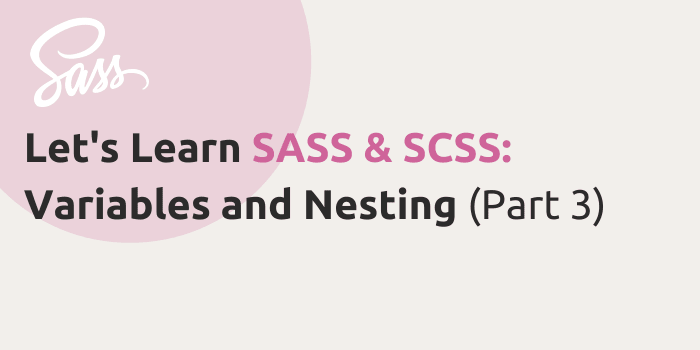dotcms
More Posts
-

Converting jQuery Blog Post Component To Vanilla JS
Read More
-

Git | Remove a Commit in the Middle of a Branch Using Rebase
Read More
-
![[Tutorial] Implement Parenthesis Multiplication Using JavaScript & Regex](https://bparkerproductions.com/wp-content/uploads/2023/09/implement-parenthesis-multiplication.png)
[Tutorial] Implement Parenthesis Multiplication Using JavaScript & Regex
Read More
-

Let’s Learn SASS & SCSS: Variables and Nesting (Part 3)
Read More
-

(Demo) Converting jQuery Navbar Code to Vanilla JavaScript
Read More
-

Let’s Learn Laravel Blade: Components (Part 4)
Read More

Comments